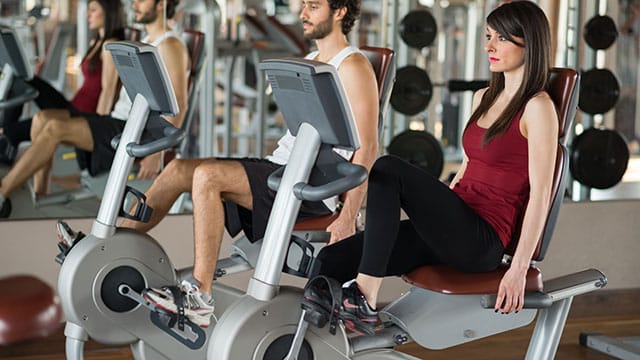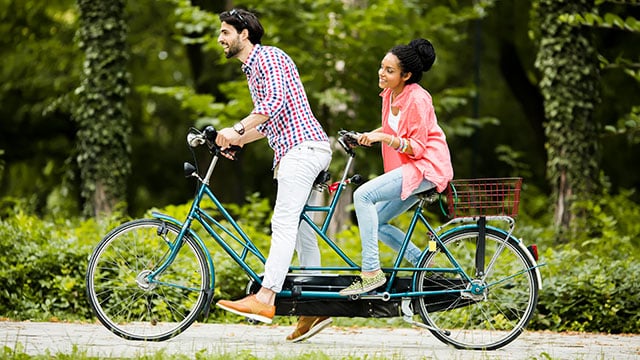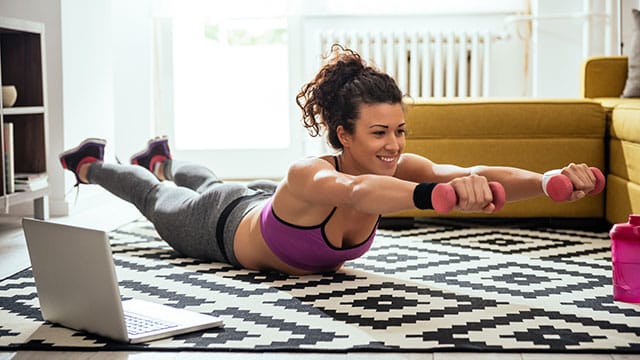Physical activity is critical to well-being. Nearly everyone could benefit from some form of exercise, which is good for both the body and the mind.
For the visually impaired, participating in sports and other physical exercise can pose a number of challenges, including the fear of falling or becoming injured, discomfort in learning new activities, or the lack of support from loved ones.
Luckily, many exercise options are easily accessible for people for people with visual impairments.
These tips are designed to help you (or a visually impaired loved one) live their happiest, most active lifestyle!
1. Talk with your primary care doctor
Before you begin any new exercise regime, discuss your fitness plan with your primary care physician and with your eye doctor.
Some specific eye conditions can be impacted by bending and lifting, so you’ll want to make sure your fitness plans is safe for you.
2. Identify your support system
Who will help to support your fitness goals?
Have a workout partner can be very helpful in staying motivated and fully accountable to fitness goals.
3. Look into joining a gym
If you decide to join a sports club or gym, speak with the staff about your visual limitations and needs.
Most gyms offer a free pass prior to joining, so take advantage of that by trying out a couple of different options before deciding on the environment that feels the most comfortable and inclusive.
If you’d like the dials or buttons on a treadmill or StairMaster labeled with braille, make this request. In most cases, a gym or health club will truly want to help meet your needs.
4. Make an appointment with a physical trainer
If regular appointments with a physical trainer are outside your budget, you may still want to splurge on a session or two, as they can often teach you how to maximize your workout.
Physical trainers are highly skilled at meeting a variety of client fitness needs and have been trained to assist clients with visual impairments. Take advantage of their expertise!
5. Start with a stationary bike or treadmill

If you’re new to exercise, start with a stationary bicycle or a treadmill set to a fast walking pace.
Both a stationary bicycle and a treadmill require little to no vision. This is a great way to safely ease into a fitness routine.
6. Try a tandem bike

If you have a sighted exercise partner, you may want to try riding a tandem bicycle.
Pedaling will provide a great leg workout, while enjoying some fresh air and bonding time.
7. Go for a swim
Try out swimming, which is a great exercise option for the blind or visually impaired
Pools with rope lanes are especially helpful for visually impaired swimmers, as they provide a way to stay oriented.
8. Form a “beep baseball” team
This inclusive take on baseball utilizes a ball that beeps, signaling to players which direction to run to. Some “beep baseball” teams include sighted players, who tie a bandana around their eyes to level the playing field. You can find out more about beep baseball here.
9. Go skiing with a guide
Want to hit the slopes? A lack of vision shouldn’t stop you!
Many ski resorts offer a safety ski guide, who can ski directly in front of you, describing the surroundings and offering verbal tips and instructions.
10. Use home workout videos
Check out Eyes-Free Fitness, which features audio-only workout videos, designed for the blind and visually impaired.


Leave a Reply